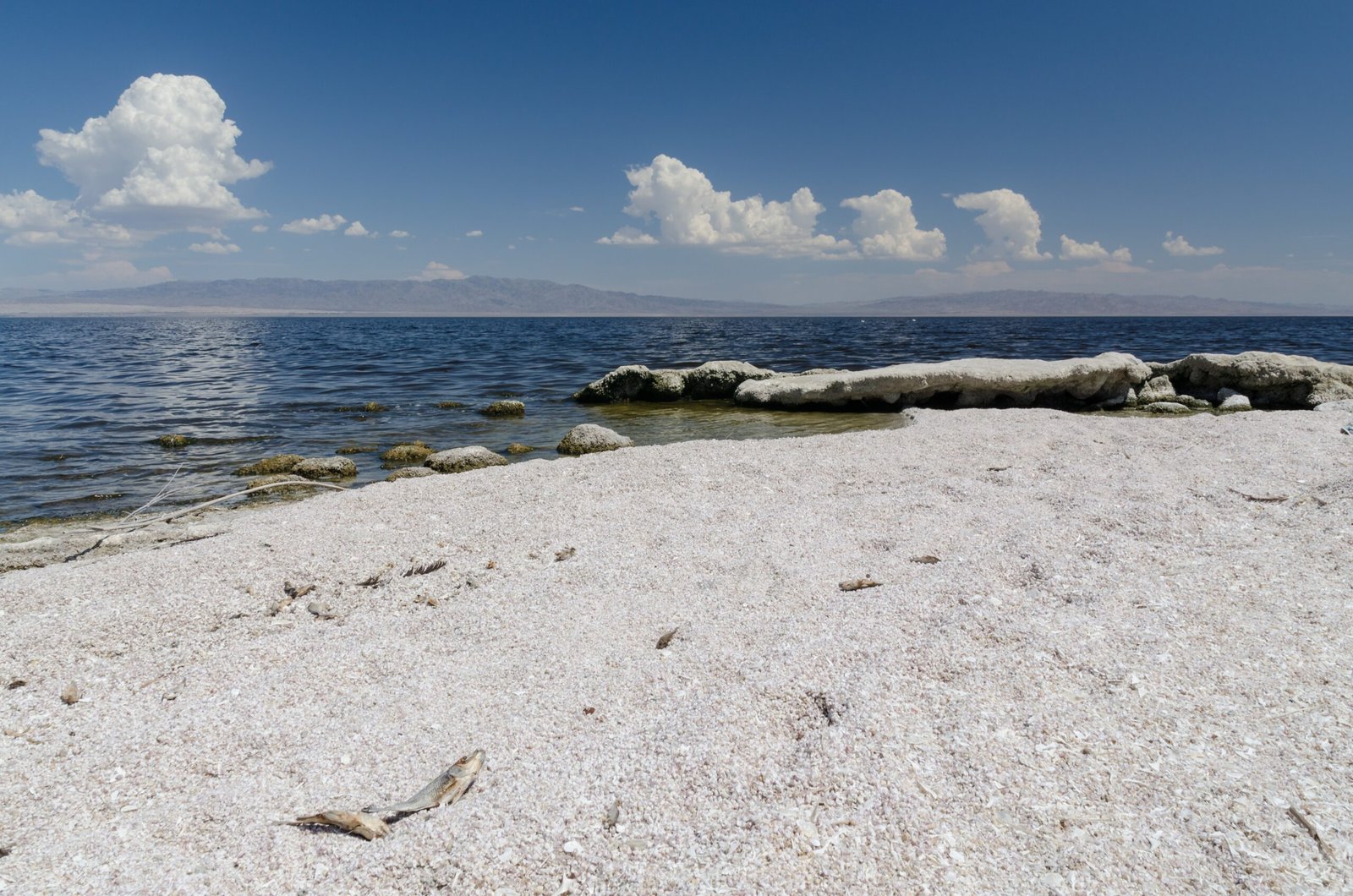
What if the biggest environmental disaster in California wasn’t a natural disaster at all, but a slow-motion crisis caused by a colossal mistake? The story of the Salton Sea is almost unbelievable: a shimmering oasis in the middle of the desert, created entirely by accident. Yet, what was once a playground for the wealthy is now shrinking, toxic, and threatening the lives of people and wildlife. This is a tale of unintended consequences, scientific puzzles, and a race against time to save a vanishing lake—and perhaps, the future of an entire region.
An Accidental Oasis: The Birth of the Salton Sea

The Salton Sea’s story begins not with a glacier or an earthquake, but with a blunder. In 1905, engineers trying to divert the Colorado River for irrigation accidentally let the river break through their channels. For nearly two years, millions of gallons of water flooded the Salton Sink, creating California’s largest lake almost overnight. People were astonished; a sparkling blue sea appeared in the middle of an arid desert, surrounded by salt flats and sand dunes. At first, this accidental oasis seemed like a miracle. Wildlife flocked to the water, and soon, so did people, eager to boat, fish, and build homes along its shores.
From Playground to Poison: The Transformation of the Salton Sea

The Salton Sea didn’t stay a paradise for long. Unlike most lakes, it had no natural outlet, and the only water flowing in was salty agricultural runoff. Over decades, the water grew increasingly salty and polluted with fertilizers and pesticides. By the 1970s, the once-thriving resorts and marinas fell silent as fish died in massive numbers and the smell of decay filled the air. Residents who once dreamed of lakeside living began to abandon their homes, leaving behind ghost towns and crumbling docks. What was once called “the Riviera of the West” had become a symbol of environmental neglect.
The Shrinking Lake: A Rapidly Disappearing Body of Water
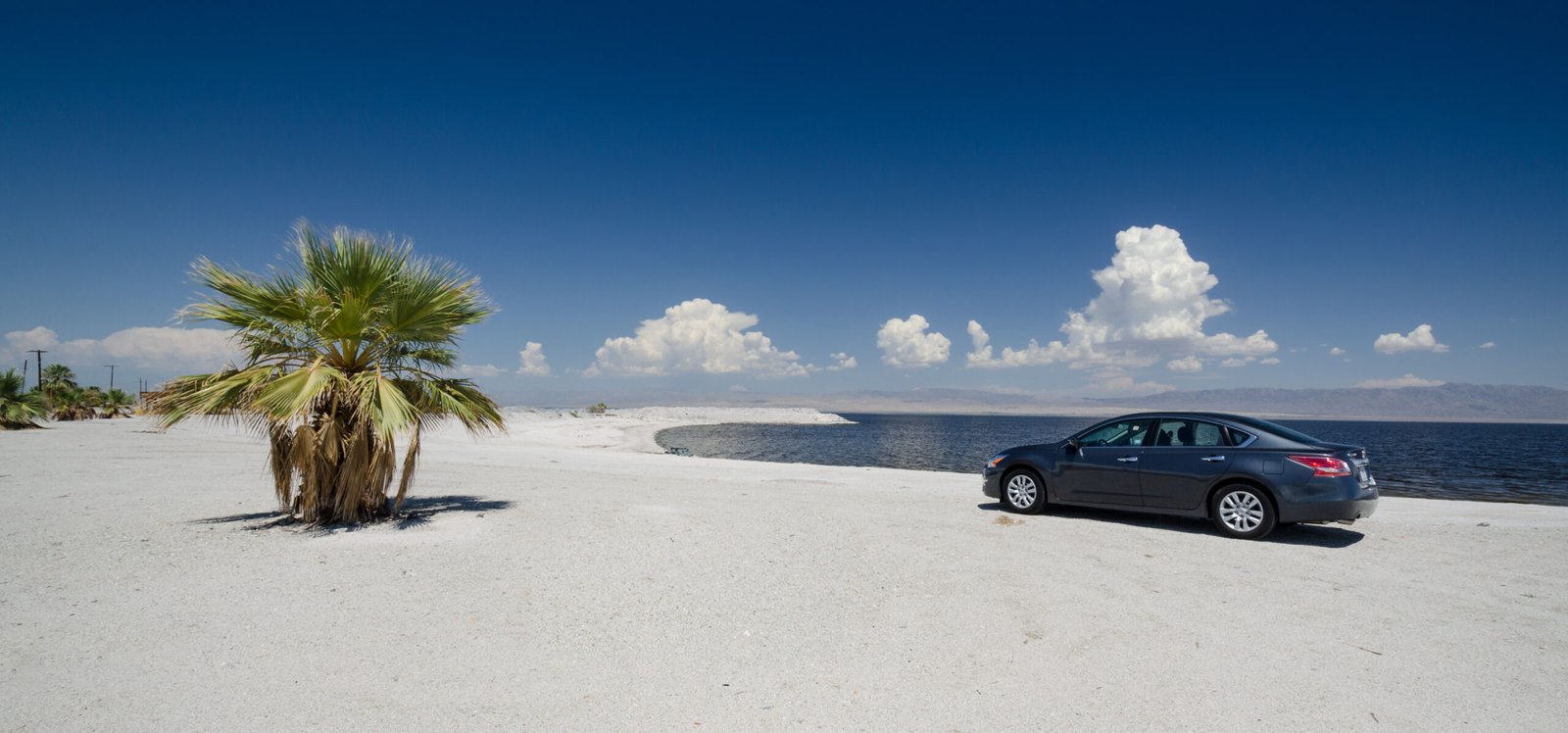
Today, the Salton Sea is shrinking at an alarming pace. As less water flows in from farms—due to conservation efforts and water transfers—the lake evaporates faster than it is replenished. Every year, thousands of acres of lakebed are exposed, revealing cracked, salty earth. The shoreline recedes, and what remains of the water grows even saltier and more toxic. This shrinking lake is not just a curiosity: it’s a growing public health disaster and a warning of what can happen when water, life, and industry collide in the wrong ways.
A Toxic Threat: Poison in the Dust
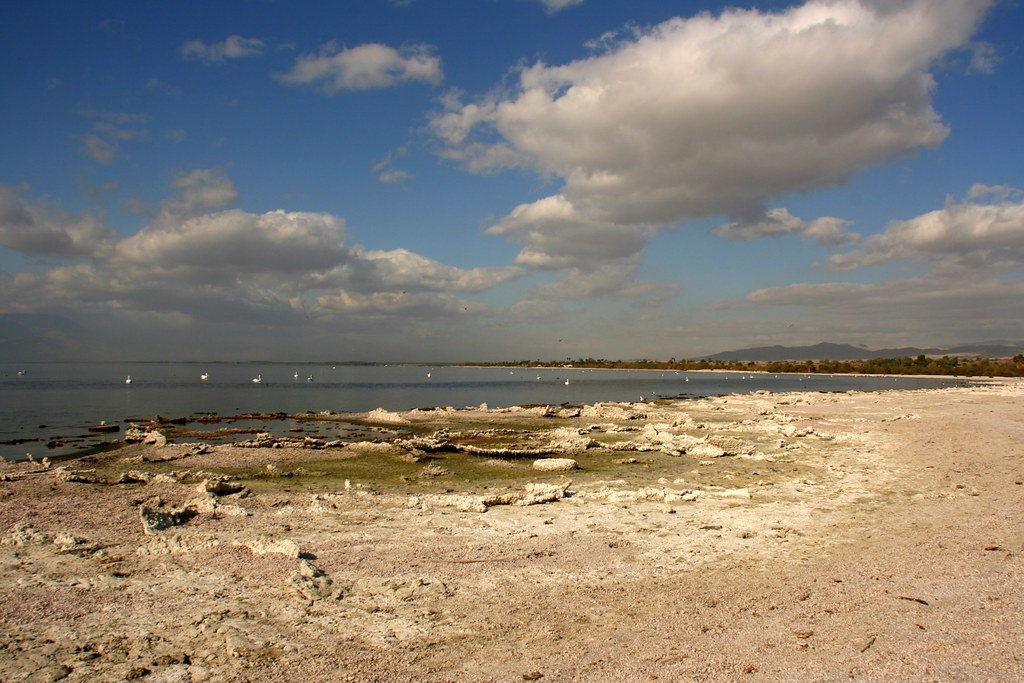
As the Salton Sea recedes, the exposed lakebed becomes a dangerous source of dust. Winds whip up fine particles laced with pesticides, heavy metals, and salt, sending plumes of toxic dust into nearby communities. Residents in the Imperial and Coachella Valleys report rising rates of asthma, especially among children. Doctors and scientists warn that the dust carries chemicals that can damage lungs, trigger allergies, and even increase cancer risk over time. The air is heavy, both with pollution and with a sense of urgency: people here are literally breathing the consequences of a vanishing lake.
Wildlife at Risk: An Ecosystem in Crisis
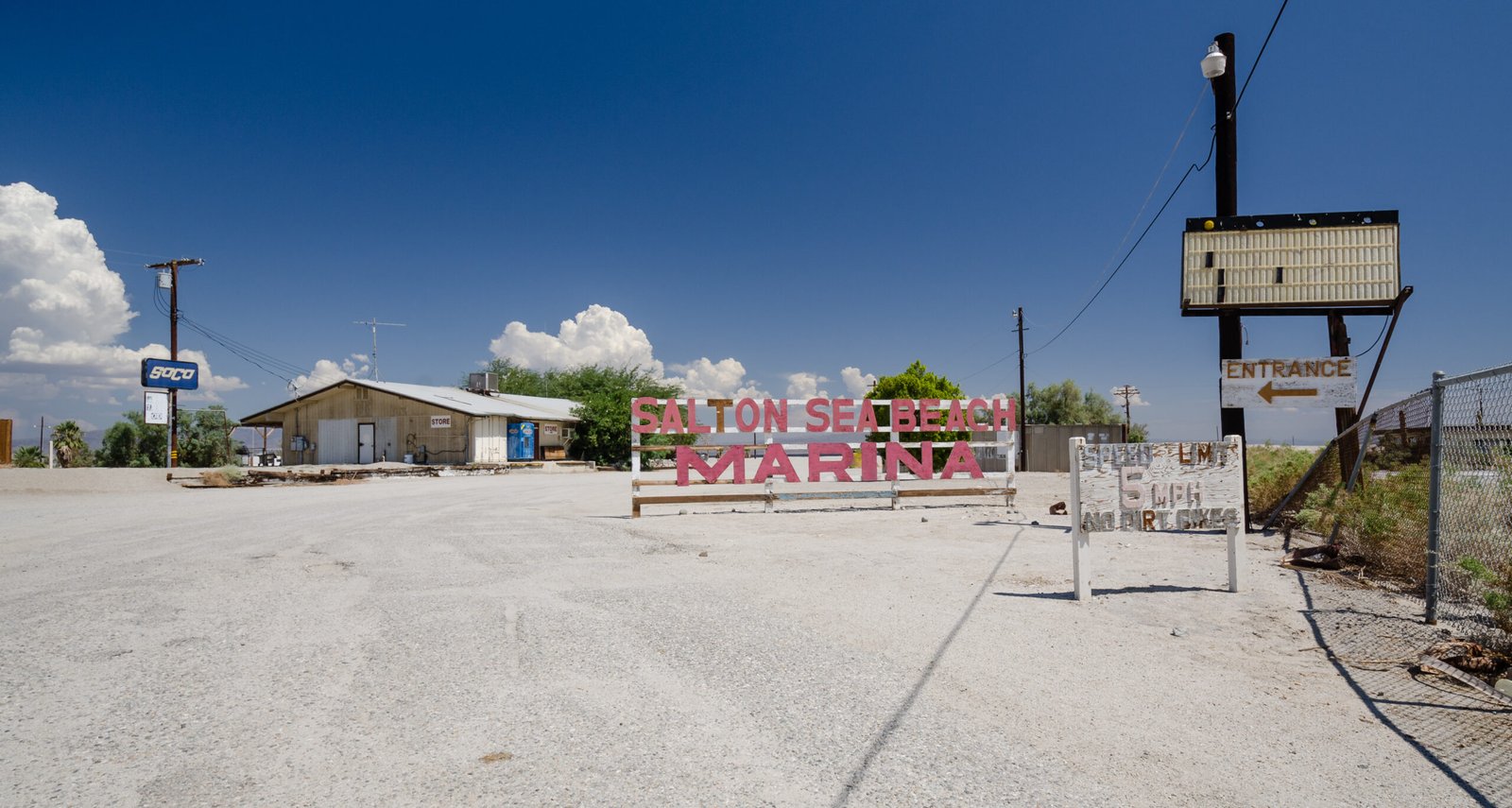
For decades, the Salton Sea was a vital stopover for millions of migratory birds traveling along the Pacific Flyway. Pelicans, egrets, and cormorants gathered at the lake’s shores, feasting on abundant fish. But as the water grows saltier and more polluted, fish populations have crashed. Birds that once found refuge here now face starvation, disease, and death. Scientists have documented mass die-offs and deformities among both fish and birds. The Salton Sea’s collapse threatens not just local wildlife, but a chain of migratory species that depend on this critical habitat.
The Human Toll: Communities on the Brink
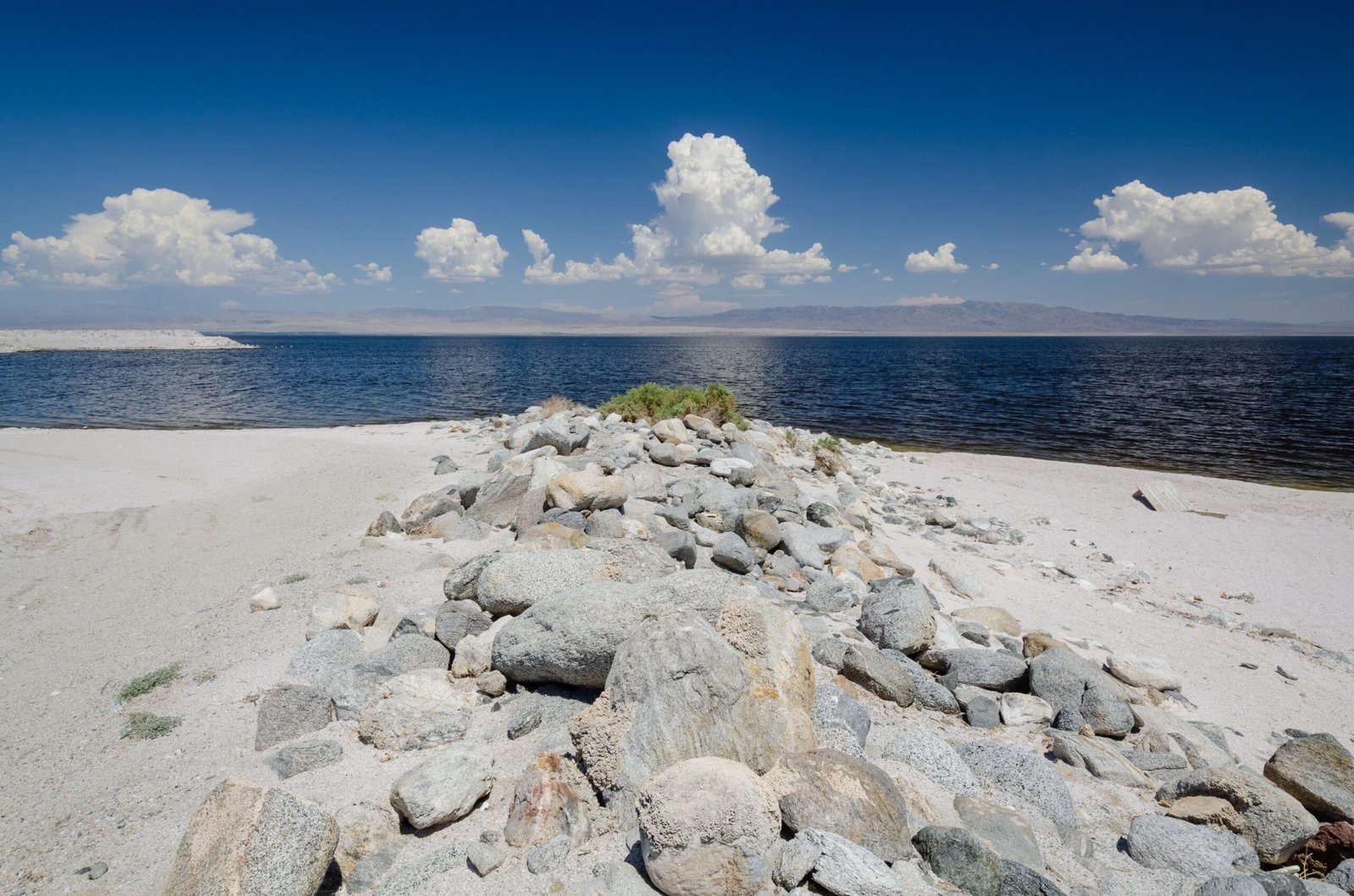
People living near the Salton Sea are caught in a web of environmental, economic, and social hardship. Many are farm workers or families with few resources, already struggling with poverty and limited access to healthcare. Now they face rising health risks from toxic dust and a shrinking job market as agriculture and tourism decline. Schools report higher rates of asthma and absenteeism. Some families must choose between staying in a place they love, or moving to escape the health effects. The fate of the Salton Sea is personal and deeply felt for thousands of Californians.
Scientific Mysteries: The Chemistry of Disaster
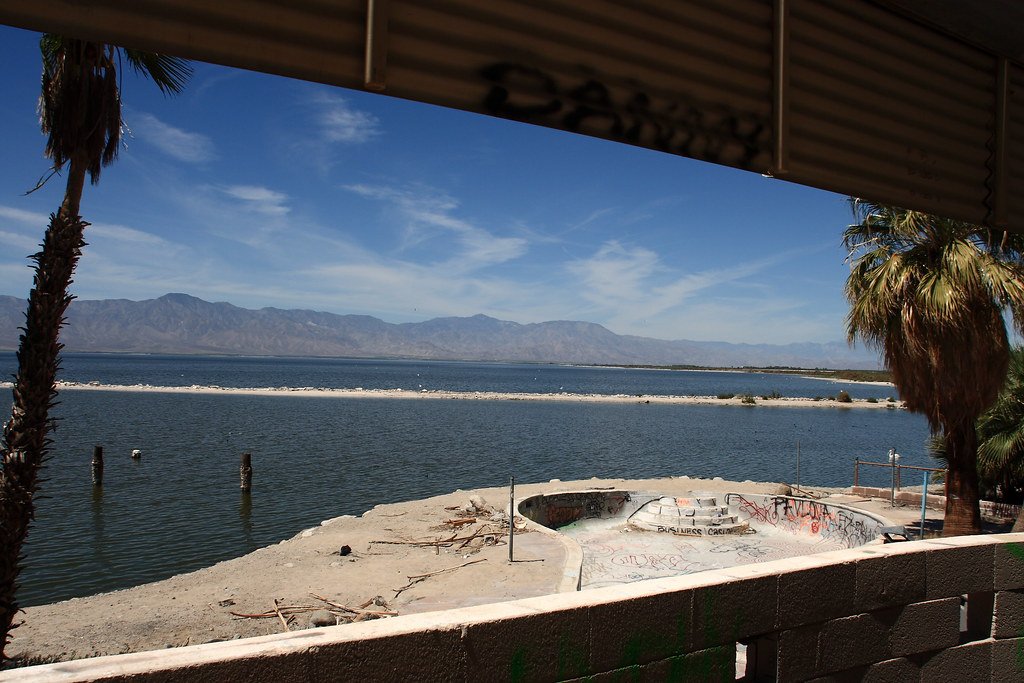
The Salton Sea is a living laboratory for scientists trying to understand how water, salt, and pollution interact. Unique chemical reactions occur as the lake’s concentration of salts and minerals increases, sometimes creating sulfurous odors so strong they travel for miles. Researchers study the lake’s changing chemistry, searching for clues to predict future fish kills, dust storms, or toxic blooms. Every water sample, every dead fish, is a piece of the puzzle. The Salton Sea challenges scientists to find solutions to problems that have no easy answers.
Failed Promises: Plans That Went Nowhere
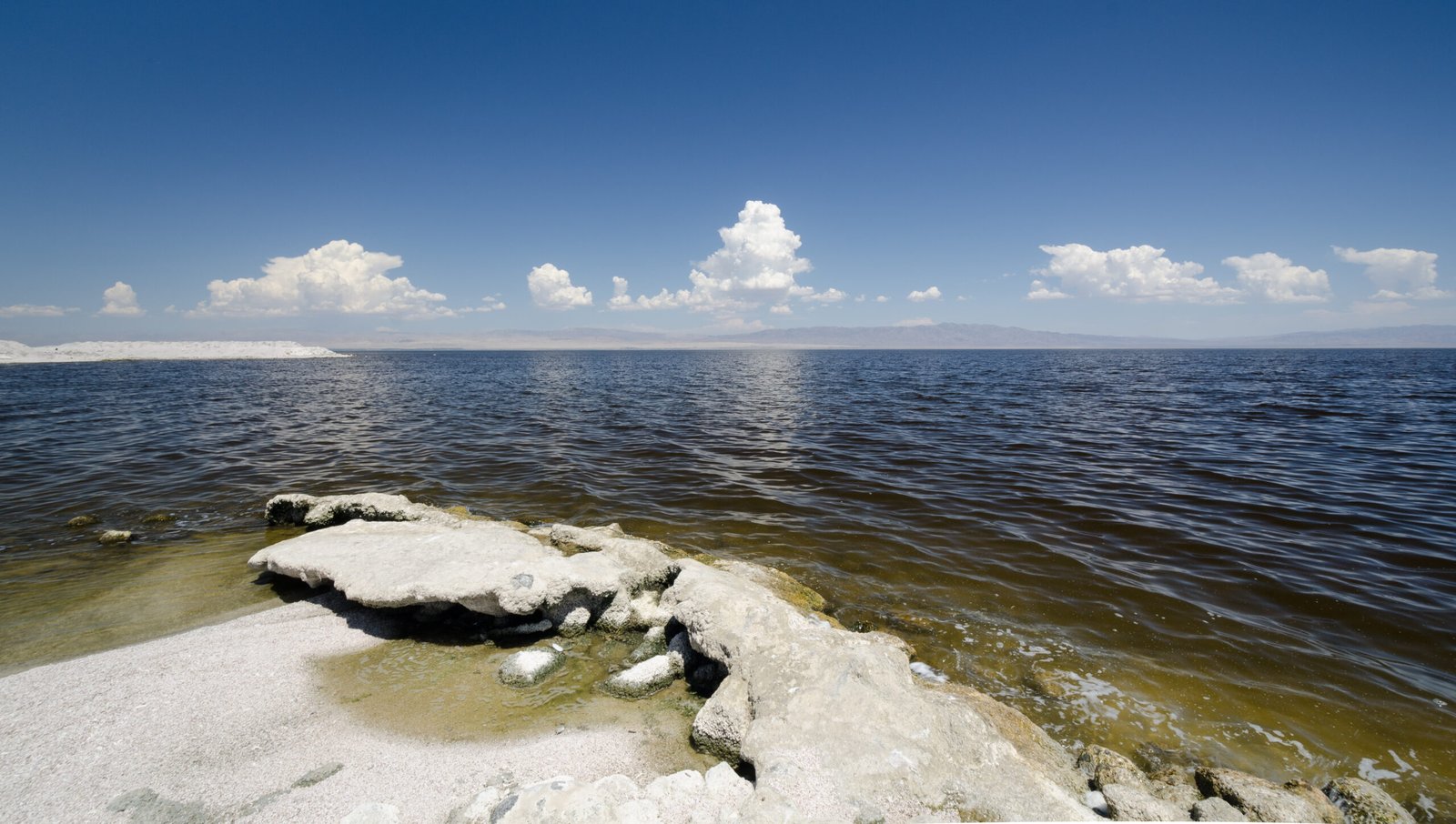
Over the years, countless proposals have promised to “save” the Salton Sea. Politicians, engineers, and dreamers have suggested everything from importing seawater by canal to building desalination plants or turning the lake into a solar energy hub. Yet, most plans have stalled due to high costs, political disagreements, or technical hurdles. Meanwhile, the crisis grows worse. Residents and advocates are frustrated by decades of inaction and broken promises. The Salton Sea stands as a stark reminder that environmental problems can’t be solved with wishful thinking alone.
Glimmers of Hope: New Ideas for Restoration
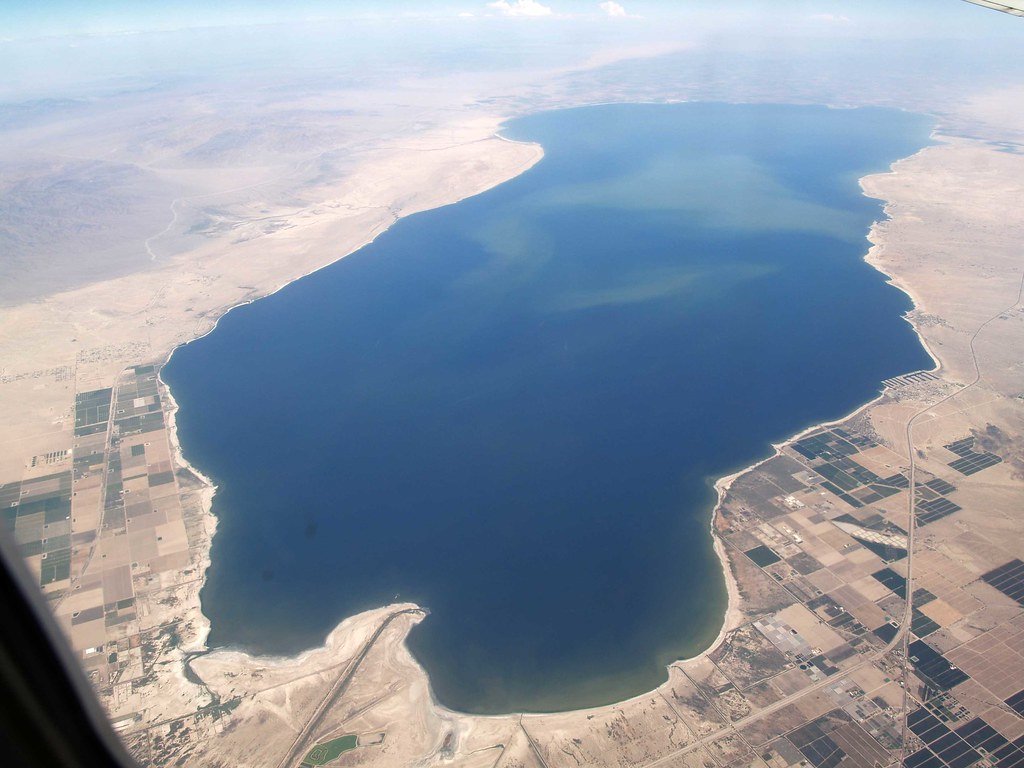
Despite the challenges, small steps are being taken to slow the Salton Sea’s decline. Wetland restoration projects are underway to create safe habitats for birds and help control dust. Some scientists are experimenting with new methods to manage salinity or capture toxic runoff before it reaches the lake. Community groups are raising awareness and pressing lawmakers for real action. While no single solution will fix everything, these efforts offer hope that the worst impacts can be reduced—and that people and nature might find a new balance.
The Salton Sea and the Future of Water
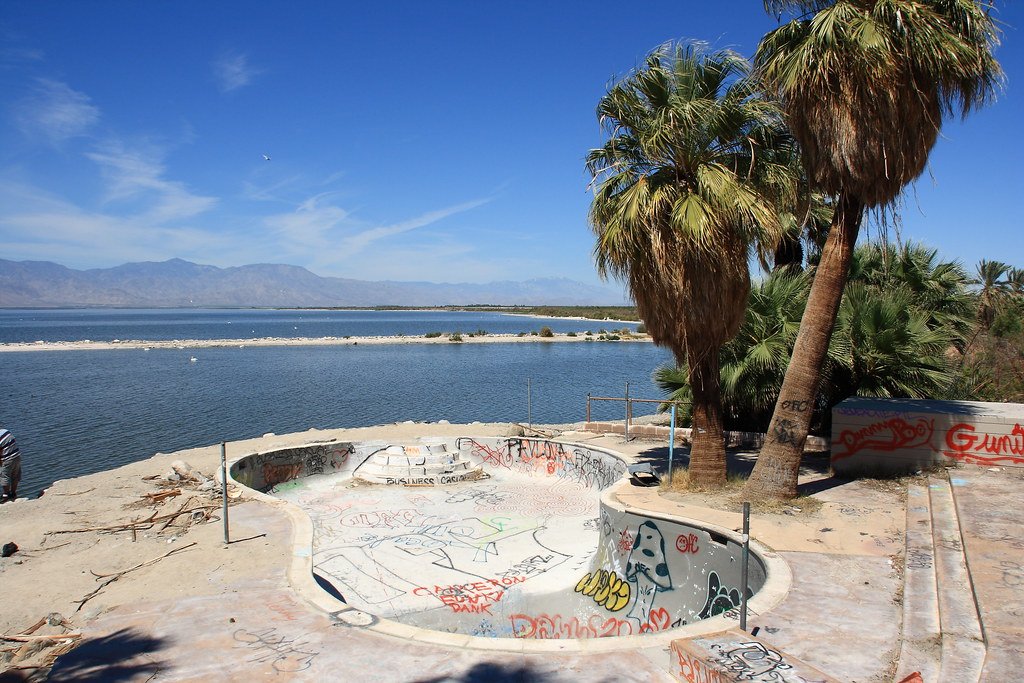
The story of the Salton Sea is a warning and a lesson for the future. As climate change intensifies droughts, water will become scarcer and conflicts over it more intense. The fate of this accidental lake shows what happens when we ignore the consequences of our actions and take water for granted. It’s a challenge to rethink how we use, protect, and value water—not just in California, but everywhere. What happens next at the Salton Sea may shape how we respond to water crises around the world.
A Vanishing Lake, a Lasting Legacy
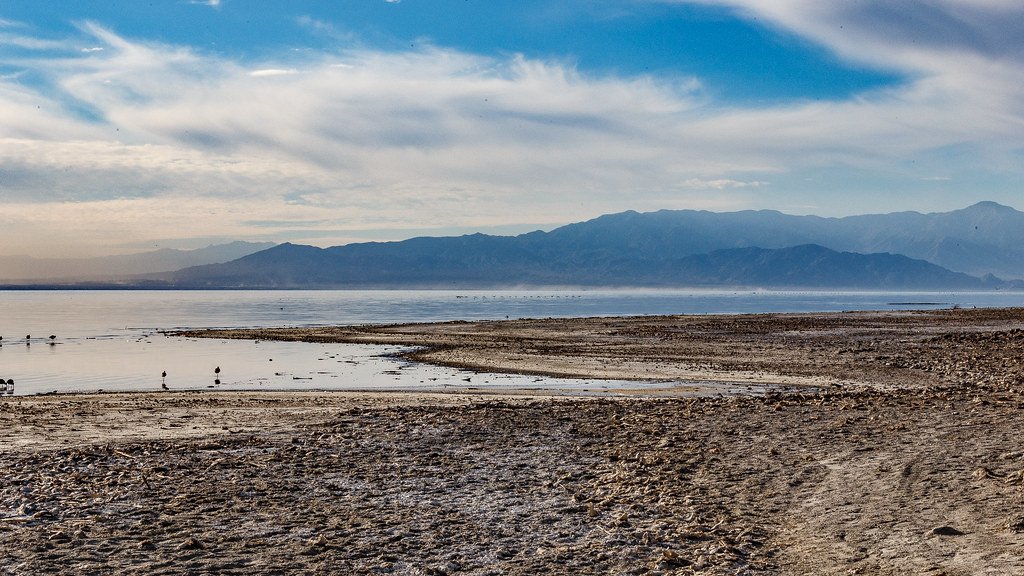
The Salton Sea’s shimmering surface hides a history of human error, environmental wonder, and heartbreaking decline. Its shrinking shoreline is a daily reminder of the cost of neglect and the resilience of nature. People here live with uncertainty, but also with hope that change is possible. The story of the Salton Sea is not just about a lake—it’s about our relationship with the environment, our responsibility to each other, and the choices we make for the future. What would you do if an entire sea depended on your next move?




